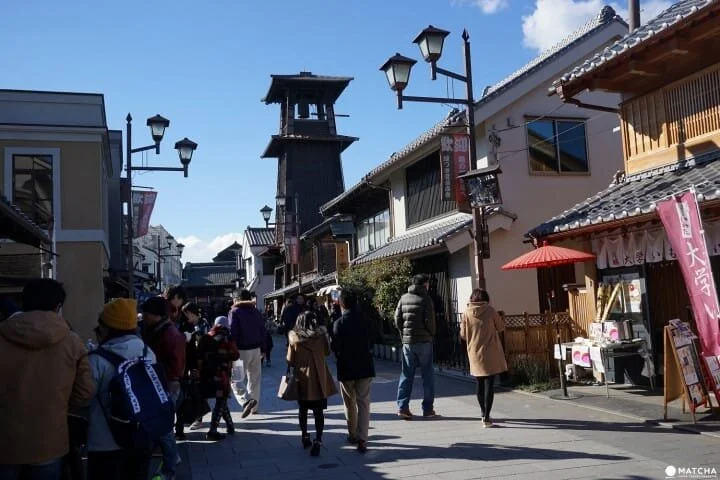The Suntory Museum of Art was designed by Kengo Kuma to fuse Japanese tradition and modernity and create a space that serves as an inviting "urban living room." It is located on the third and fourth floors of Roppongi's Tokyo Midtown building. This museum's collection of 3,000 paintings, ceramics, lacquerware, dyed textiles, glassware, and more, are centered on Japanese art and the theme of "Art in Life."
The museum presents five or six themed exhibitions per year, with no permanent exhibition. It also incorporates a tearoom, museum shop and café. The museum hosts a lively roster of events such as tea gatherings and workshops.
Summary Credit: Go Tokyo
Photo Credit: Go Tokyo
Address: 〒107-8643 Tokyo, Minato City, Akasaka, 9 Chome−7−4, Inside Midtown Tokyo
Hours: Closed Tuesday, 10am - 6pm
Website: https://www.suntory.com/sma/?_ga=2.120020680.133672626.1596418115-531801853.1596418115
How to get there: An 8 minute walk from Roppongi Station Exit 8 on the Hibiya Line


















